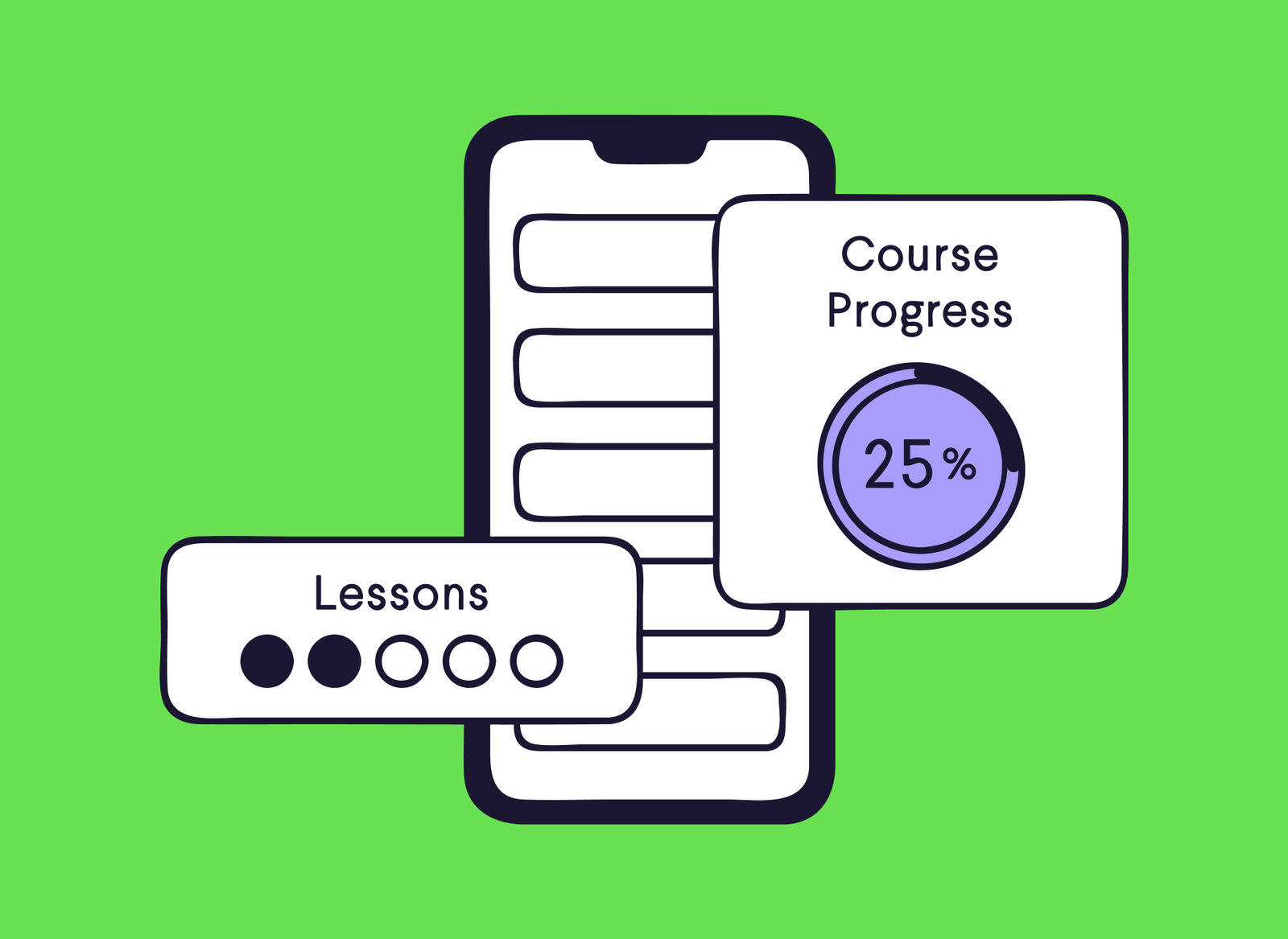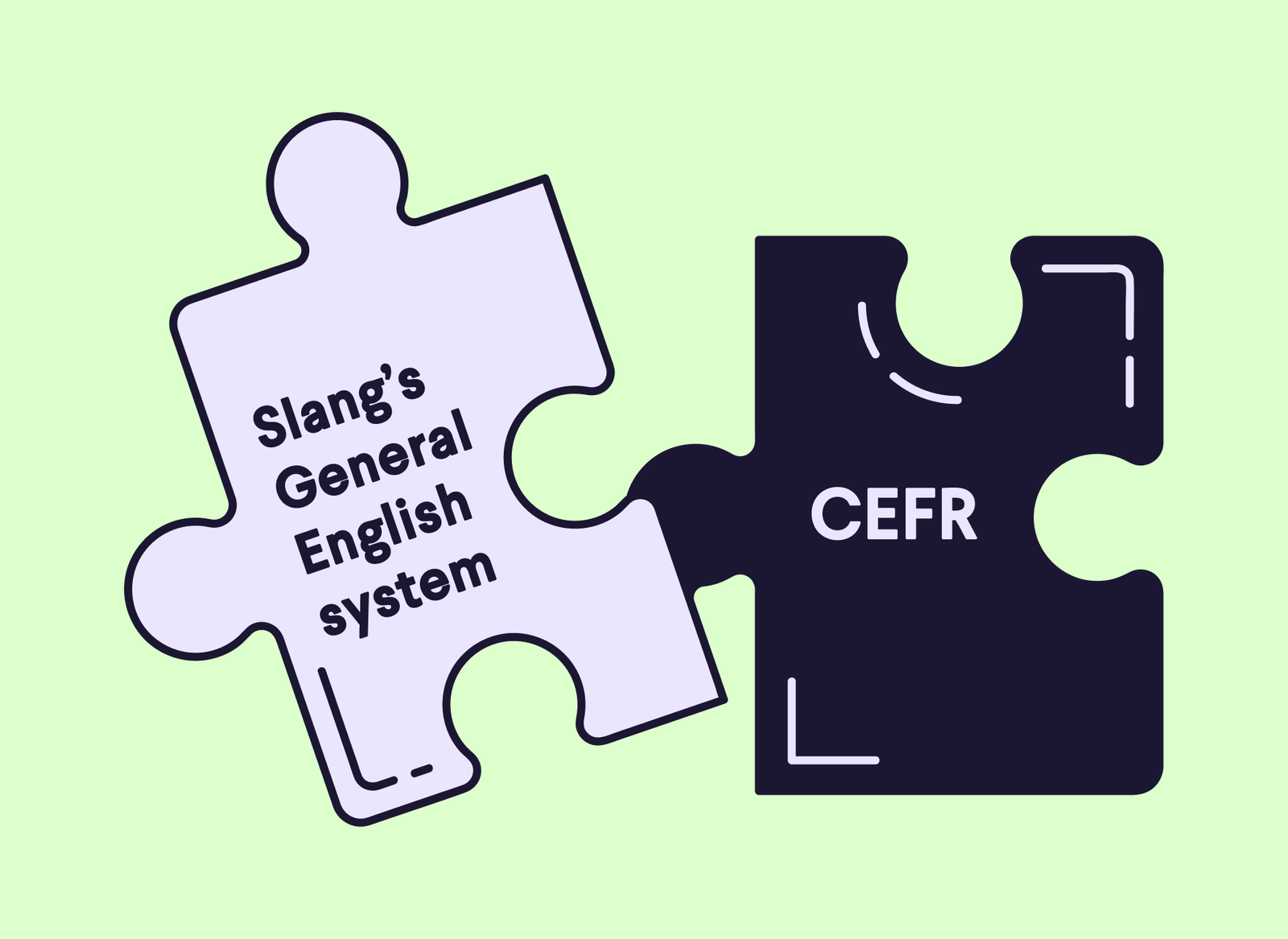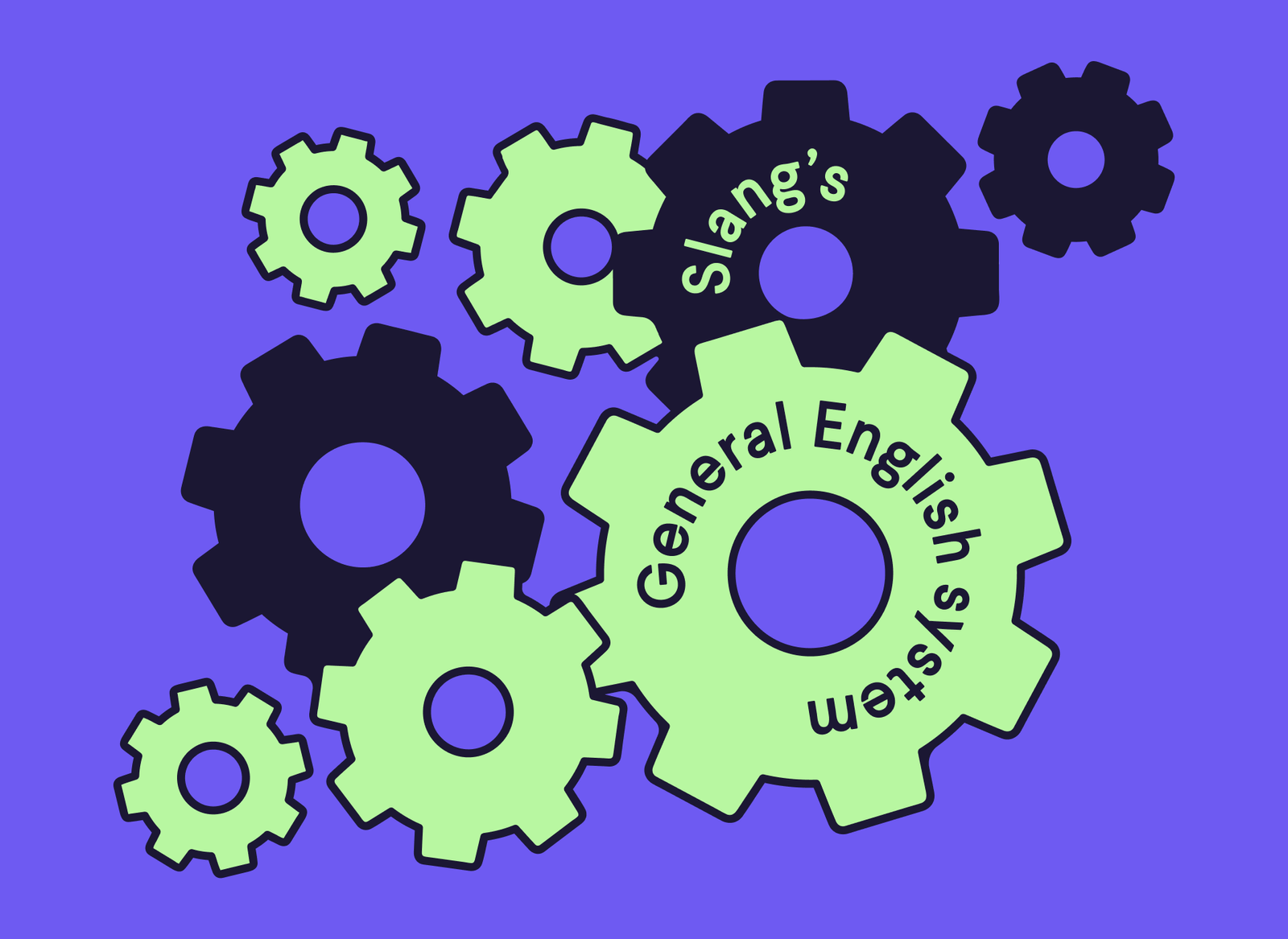Understanding this new structure will enable you to track your learning progress within the app in much greater detail.
Each course is divided up into a number of chapters. Every chapter focuses on a specific topic, which is reflected in the chapter name. In this way, you know exactly what subject matter you’re focusing on and how the vocabulary you’re learning relates to the sub-areas of your field.
Smaller topics might consist of just one chapter, while complex topics will be broken down into multiple chapters so that they are more manageable. For example, you might see chapters called something like “Annual Reviews, Part 1” and “Annual Reviews, Part 2” within the Performance Management course. In such cases, you know that both chapters deal with the same topic. Once you’ve finished all the chapters, you’ve finished your course!
Within a chapter, you will see multiple lessons, typically up to 10 (with the exact number depending on the complexity of the topic). A lesson is a short series of study activities that users can complete in about 5 minutes. The specific activities you’ll see within a lesson are personalized according to your knowledge of English and your performance during the lesson. Keep working through all the lessons in order to complete the chapter. This system allows you to make steady progress by completing a few short lessons a day, whenever you have time.
Within each course, you can have several chapters in progress at the same time. Once you finish all the lessons in one of your active chapters, you’ll unlock a new chapter to work on. This system will help you progress through the topics in a logical and structured way to promote more effective learning, instead of just skipping around through the entire course. At the same time, it allows you some flexibility to select the topic you want to study within your set of currently active chapters: you can complete a lesson in one chapter, and then switch to another chapter and do a few lessons there, then switch back, and so on.
Why did we implement this change?
Slang’s previous progress system was based on levels within each course. We received feedback from learners and managers that this system was not very intuitive for progress tracking. Some of the specific concerns included:
- The levels were quite large and took a long time to complete, so people lacked a feeling of motivation and progress.
- Earlier levels were easier and shorter than later levels, so people had a hard time estimating how long each level would take.
- The percentage of learner progress was based on the total knowledge in the course, but there was not a transparent way to quantify this knowledge.
- Learners wanted more visibility into their progress so they could set goals and make sure they were on track with their studying.
We’ve taken all this feedback into consideration with the design of our new lessons and chapters system.
Measuring learners’ progress according to the lessons they’ve completed is a much more intuitive, accurate, and motivating way to set learning goals. You can see exactly how many lessons you’ve already studied out of the total number of lessons in the course, and which chapters those lessons were part of. The lessons and chapters are also a great way to set short-term or medium-term goals for yourself. For example, you might decide to complete 5 lessons a day, or aim to do 3 chapters per week. With this system, it will be much easier to estimate how much study time you need to complete a chapter or even a full course and make a personal study plan accordingly.
How to track your progress in the app
Of course, it wouldn’t make sense to create study goals without a good tool to track your progress! And that’s why we’ve added new progress tracking pages to the Slang platform. There are several different places where you can see how much you’ve studied: your progress within each course, your progress within each lesson, and your overall English progress in the app.
Within each course, we’ve added an overview page showing all the chapters contained in that course. You can easily see the sequence of chapters, including the ones you’ve already completed, the ones you’re actively studying, and the ones you have left to finish. In this example from the Industrial Engineering course, you can see by the green checkmark that this learner has already finished two chapters: Production Facilities, Part 1 and Demand Planning, Part 1. There are three additional chapters currently in progress, and the learner could choose to do another lesson in any of those three. And finally, there are some chapters which the user hasn’t started yet down at the bottom, represented by the lock symbol to the right.
To the right of the chapters list, you can see the progress calculation for this specific course. The number of lessons completed divided by the number of total lessons gives the progress percentage.
As you’re working through a lesson, you will see a progress bar at the top, located above your study activities. Sometimes, when you’re just starting a lesson, you’ll see that you already have some progress (marked in dark green).
This is because Slang tracks your overall knowledge of English across the entire platform. Obviously, there are many general English concepts that every speaker of the language needs to know. Even between professional fields, there are many terms that are used in multiple related professions. Unlike traditional textbooks and curricula, we don’t want to waste your time by making you study the term “financial statement” once in a course about Accounting, and then again in a course about Finance, and then again… We track what you already know to save you time!
Of course, you’ll still need to study whatever material in the lesson you don’t already know. The progress bar will continue to fill up as you get activities correct. This progress that you’ve earned by active studying within the lesson will be marked in light green. Fill the entire bar to complete the lesson!
Finally, you can go to the Progress page via the menu at the top of your screen in order to see your overall progress in Slang. This page offers a lot of useful tools for measuring your overall progress. For example, you can see how much you’ve studied per week or per month. You can also see how long you’ve spent studying specific courses. If your organization sets specific learning goals, such as studying for a certain number of hours or completing certain courses, you’ll be able to use this page to make sure you are meeting those requirements.
We are always looking for new ways to enhance your experience with our app and help you learn more efficiently. You’ll always find these sorts of updates on our blog — keep yourself up to date on the latest features by reading Our Product Section!





